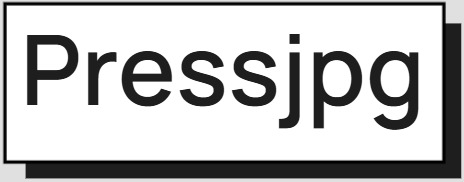How to Convert Images to WebP or AVIF Without Losing Quality
Published by ImageCompressor | Updated 2025
Introduction
Modern formats like WebP and AVIF deliver significantly smaller image sizes with no visible drop in quality. Converting your JPEG or PNG files to these formats can dramatically improve your website’s speed and SEO. This guide walks you through how to convert without losing quality.
Why Convert to WebP or AVIF?
- WebP: ~25–35% smaller than JPEG with similar quality
- AVIF: Even smaller than WebP, supports HDR, 10-bit color
- Both formats support transparency and animation
- Great browser support across Chrome, Firefox, Safari, Edge
Recommended Tools
Online Tools
- ImageCompressor (WebP support)
- Squoosh (WebP + AVIF, with sliders)
Command-Line Tools
cwebp— convert to WebPavifenc— convert to AVIFimagemagick— supports WebP and AVIF with quality flags
Desktop Software
- XnConvert: Batch converter for all formats
- Photoshop + WebP Plugin: Save directly as WebP
Best Conversion Settings
- Use 75–85% quality setting for lossy modes
- Use
-losslessflag in CLI if exact quality is required - Preview output side-by-side using tools like Squoosh
How to Convert with CLI
# WebP
cwebp input.jpg -q 80 -o output.webp
# AVIF
avifenc input.jpg output.avif --min 25 --max 35Batch Conversion Tips
- Use shell scripts or bulk desktop tools
- Always back up originals before conversion
- Test a few files visually before converting entire folders
Browser Fallback
<picture>
<source srcset="image.avif" type="image/avif">
<source srcset="image.webp" type="image/webp">
<img src="image.jpg" alt="Compressed example">
</picture>Conclusion
Converting to WebP or AVIF is one of the easiest ways to speed up your site without sacrificing quality. Use modern tools, preview results, and implement fallback images for maximum compatibility. You’ll get better performance, SEO, and user experience in one smart step.
